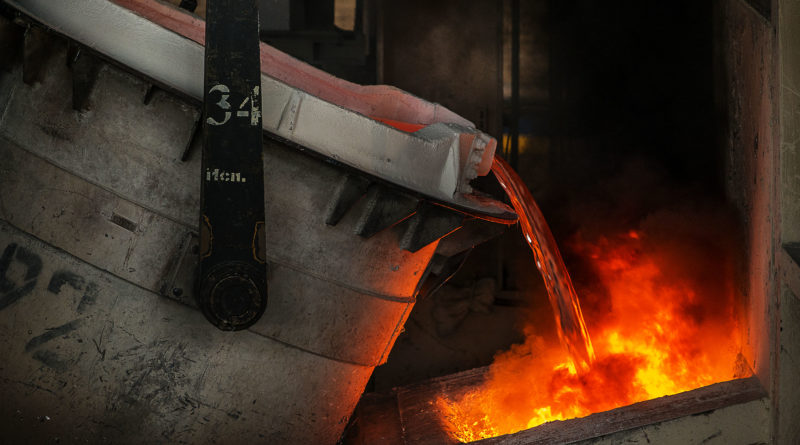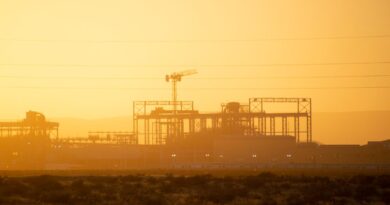Aluminium production in the Amazon
The Amazon region in South America extends over nine different countries. It contains vast bauxite deposits, which have been exploited since 1915. During the Second World War, Suriname – then a Dutch colony – was the largest bauxite exporter worldwide, helping the Allied aircraft industry to victory. Aluminium has been produced in the Amazon since the
late 1960s, when the first hydroelectric dam was built in Suriname.
In the context of a several-year PhD research project, I have looked at the past and present of aluminium production in the Amazon, and assessed this industry from the perspective of this very fragile and ecologically essential ecological biome. To provide insights into the environmental performance of aluminium production in the Amazon, I performed a SWOT analysis, citing three strengths, three weaknesses, three opportunities and three threats for the industry. This SWOT analysis concerns the full supply chain of primary aluminium, including bauxite mining, alumina production and hydropower generation, besides aluminium smelting.
Five aluminium smelters exist in the Amazon, but only two are currently active. These two are located in the Brazilian Amazon: Albrás in Barcarena (Pará), operated by Norsk Hydro, and Alumar in São Luís (Maranhão), operated by Alcoa.
The aluminium smelter in Paranam, Suriname, is permanently closed, while the two aluminium smelters in Venezuela (Alcasa and Venalum, both in Ciudad Guayana) are only producing a fraction of their original capacity, if they produce anything at all. The SWOT analysis below is therefore primarily concerned with the two active smelters, both in Brazil.
Strengths
Aluminium in the Amazon is produced with hydroelectric energy. As a result, aluminium production in the Amazon emits much less CO 2 than most of the newer aluminium smelters that have been built since the 1990s. And, while early hydroelectric power projects, like Brokopondo (Suriname) and Tucuruí (Brazil) still had very considerable socio-environmental impacts, the more recently built Belo Monte hydroelectric dam is designed to have a smaller impact on the environmental functioning of the river and the lands of traditional populations.
The companies active in the Amazon (Hydro, Alcoa) are among the frontrunners in reducing the environmental footprint of aluminium production. This can be concluded from
the reforestation projects that both have implemented at bauxite mining sites, alumina plants, and aluminium smelters, but also from technologies like the dry tailing management implemented in Hydro’s bauxite mine in Paragominas, and the bauxite slurry pipeline running from Paragominas to Barcarena.




